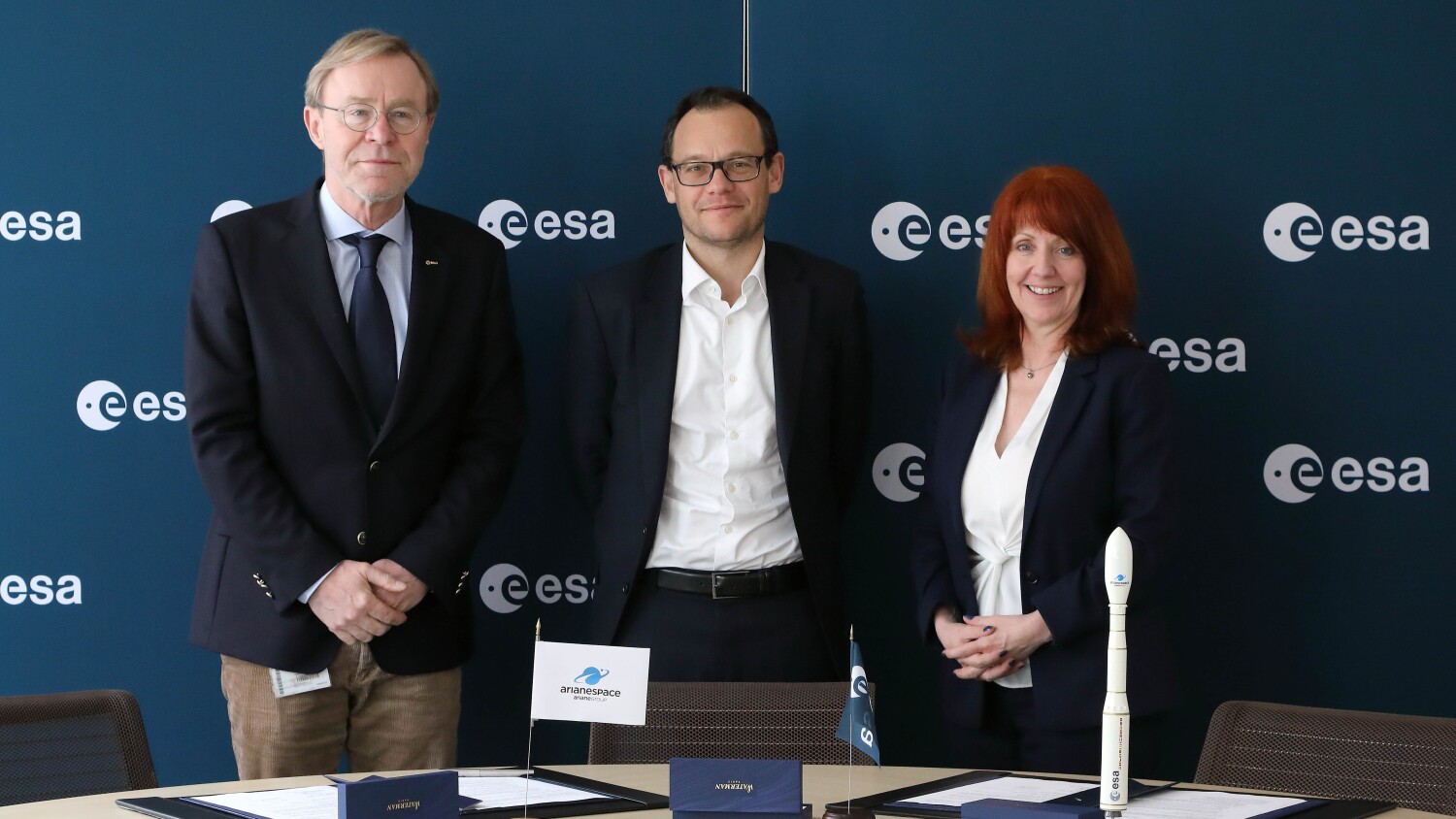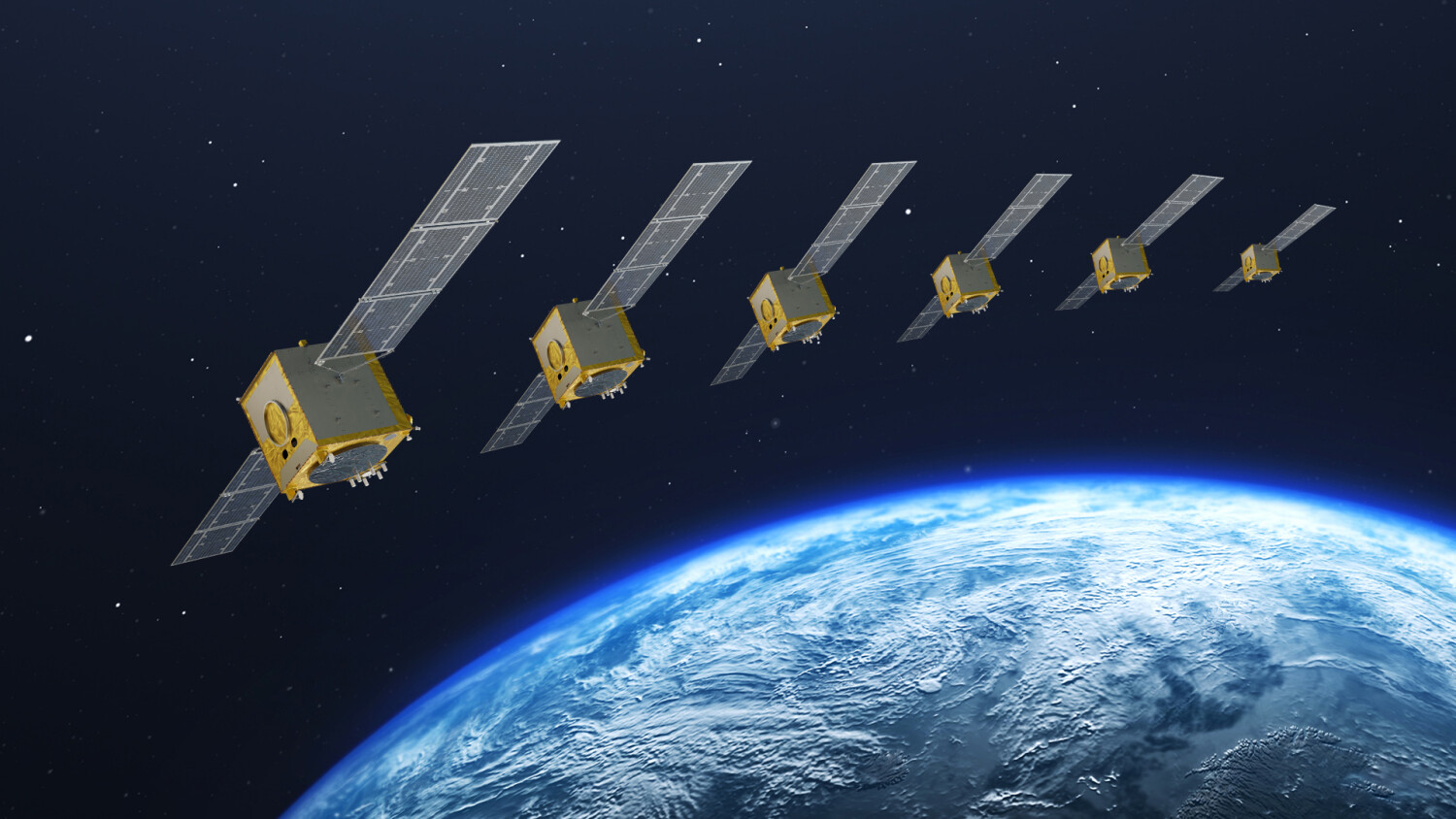Arianespace, the global reference in space transportation, has orbited 60% of commercial satellites in the Asia-Pacific region since 1981.
And this dynamic is continuing apace: after four satellites orbited for customers in the region during 2017, and the successful launch of DSN-1/Superbird-8 for SKY Perfect JSAT and the Japanese Ministry of Defense on April 5, 2018, Arianespace’s order book includes five other satellite launches for Asia-Pacific customers between 2018 and 2020.
At CommunicAsia 2018, which takes place June 26-28 in Singapore, Arianespace also will focus on its future Ariane 6 and Vega C launch vehicles, which are highly competitive, versatile and dependable – perfectly matching the market needs of players in the region.
Arianespace and Asia-Pacific: A successful past, an exciting future
The Asia-Pacific region is a key market for Arianespace. Since 1981, the company has launched 82 satellites for 17 customers from 10 countries in the region, or more than half of all commercial satellites orbited to date. Arianespace is the launch services provider of choice for new operators in the region, and over the years has launched the first-ever satellites for customers in Australia, Indonesia, Malaysia, Singapore and Vietnam.
Since the beginning of 2017, Arianespace has launched a total of five satellites for the following countries: Indonesia (Telkom-3S, February 14, 2017), South Korea (Koreasat-7, May 4, 2017), India (GSAT-17, June 28, 2017) and Japan (BSAT 4a, September 29, 2017, and DSN-1/Superbird 8, April 5, 2018) — all using Ariane 5.
The company’s order book includes five other satellite launches for Asia-Pacific operators: GEO-KOMPSAT-2A and 2B for KARI, JCSAT-17 for SKY Perfect JSAT, GSAT-11 for the Indian Space Research Organisation (ISRO), and BSAT-4b for B-SAT. Two other region-related satellites are also planned: BepiColombo, the ESA mission in partnership with the Japan Space Exploration Agency (JAXA) to explore the planet Mercury, and Horizons 3e for Intelsat and SKY Perfect JSAT.
Three launch vehicles to better serve our customers
Arianespace conducted 11 successful launches in 2017 from the Guiana Space Center (six by Ariane 5, two by Soyuz and three by Vega), orbiting a total of 20 satellites for commercial and institutional customers from around the world.
With 12 satellites sent into geostationary transfer orbit (GTO) in 2017, including four for Asia-Pacific operators, Arianespace once again confirmed its leadership in the GTO launch market. Ariane 5 also set a new performance record, injecting 9.969 metric tons into GTO on a mission performed in June 2017.
In 2018, three launches have been completed to date from the Guiana Space Center: two with an Ariane 5 and one with a Soyuz rocket. Arianespace has a busy launch schedule in the second half of 2018, with three missions in less than two months. On July 25, Ariane 5 will launch four additional satellites in the Galileo navigation system (ESA on behalf of the European Commission), followed by the Aeolus (ESA) mission using a Vega rocket at the end of August, and the 100th Ariane 5 launch in early September.
After the contract signed in April and May 2018 for an Ariane 5 mission in 2020 to orbit the BSAT-4b satellite and four contracts for the Vega launcher’s first proof-of-concept flight with the Small Spacecraft Mission Service (SSMS), Arianespace’s order book stands at €4.7 billion. It includes 56 launches for 32 customers (70% commercial and 30% institutional, in terms of the number of launches), with 16 by Ariane 5, 28 by Soyuz, 10 by Vega/Vega C and two by Ariane 6.
Vega C and Ariane 6 on the launchpad
The development of Arianespace’s future launch vehicles is on track, with first flights planned in late 2019 for Vega C and mid-2020 for Ariane 6. An important milestone was reached on June 14, 2018, when the European Space Agency (ESA) member states decided to confirm funding for the transition period from Ariane 5 to Ariane 6.
Vega C and Ariane 6 won their first launch services contracts in 2017:
- Three Vega C contracts, including two to orbit satellites in the Airbus Earth observation constellation and one to launch the COSMO-SkyMed second-generation satellite built by Thales Alenia Space for the Italian space agency (ASI) and the Italian Ministry of Defense.
- Two contracts for the Ariane 62 version awarded to Arianespace by the European Space Agency, on behalf of the European Commission, to launch four more OHB-built satellites in the Galileo navigation system.
In the months ahead, Arianespace will be seizing new opportunities in the institutional and commercial markets with the Ariane 6 and Vega C launch vehicles.
During his visit to CommunicAsia 2018, Stéphane Israël, Arianespace Chief Executive Officer, said: “Arianespace is honored by the ongoing confidence shown since 1981 by 17 customers in the Asia-Pacific region, for whom the company has launched 82 satellites. Building on these close links, and with our new-generation Ariane 6 and Vega C launchers, Arianespace is ideally positioned to meet the future requirements of commercial and institutional operators in the region.”
About Arianespace
Arianespace uses space to make life better on Earth by providing launch services for all types of satellites into all orbits.
It has orbited more than 570 satellites since 1980, using its family of three launchers, Ariane, Soyuz and Vega, from launch sites in French Guiana (South America) and Baikonur, Kazakhstan.
Arianespace is headquartered in Evry, near Paris, and has a technical facility at the Guiana Space Center, Europe’s Spaceport in French Guiana, plus local offices in Washington, D.C., Tokyo and Singapore.
Arianespace is a subsidiary of ArianeGroup, which holds 74% of its share capital, with the balance held by 17 other shareholders from the European launcher industry.







